Description
The sensory path for children is an element of the obstacle course, created on the basis of the sensory integration theory (SI) by A. Ayers, educational psychology doctor and occupational psychotherapist. During the development of the child, deficiencies may appear in the form of incorrect integration of many senses. According to Ayers, it is due to the ineffective functioning of neurons in the brain, which can be compensated by providing required stimuli.
The nervous system is characterized by its plasticity, which is supported and stimulated by sensory stimuli. According to SI theory, the enriched environment in which a person lives facilitates the development of the brain.
Changes occurring under the influence of stimulation are very dynamic, can be seen quickly and can be often documented in the brain structure. Depending on the person and environment, the changes can also be long-lasting.
The researches confirm the SI assumption that the active exploration of the environment and the child’s involvement in the task are the necessary conditions for the occurrence of neural changes. It is very important to diversify the objects and items contacted during the development stage, as well as having a sufficiently long exposure that it is not a one-time experience, but a practice that lasts often enough.
Engaging multiple senses of the complexity of the object or task are effective and necessary tools for positive changes in the nervous system. Practitioners and researchers working with the SI method claim that playing is a natural and highly motivating way to stimulate a child, especially when initiated by the child.


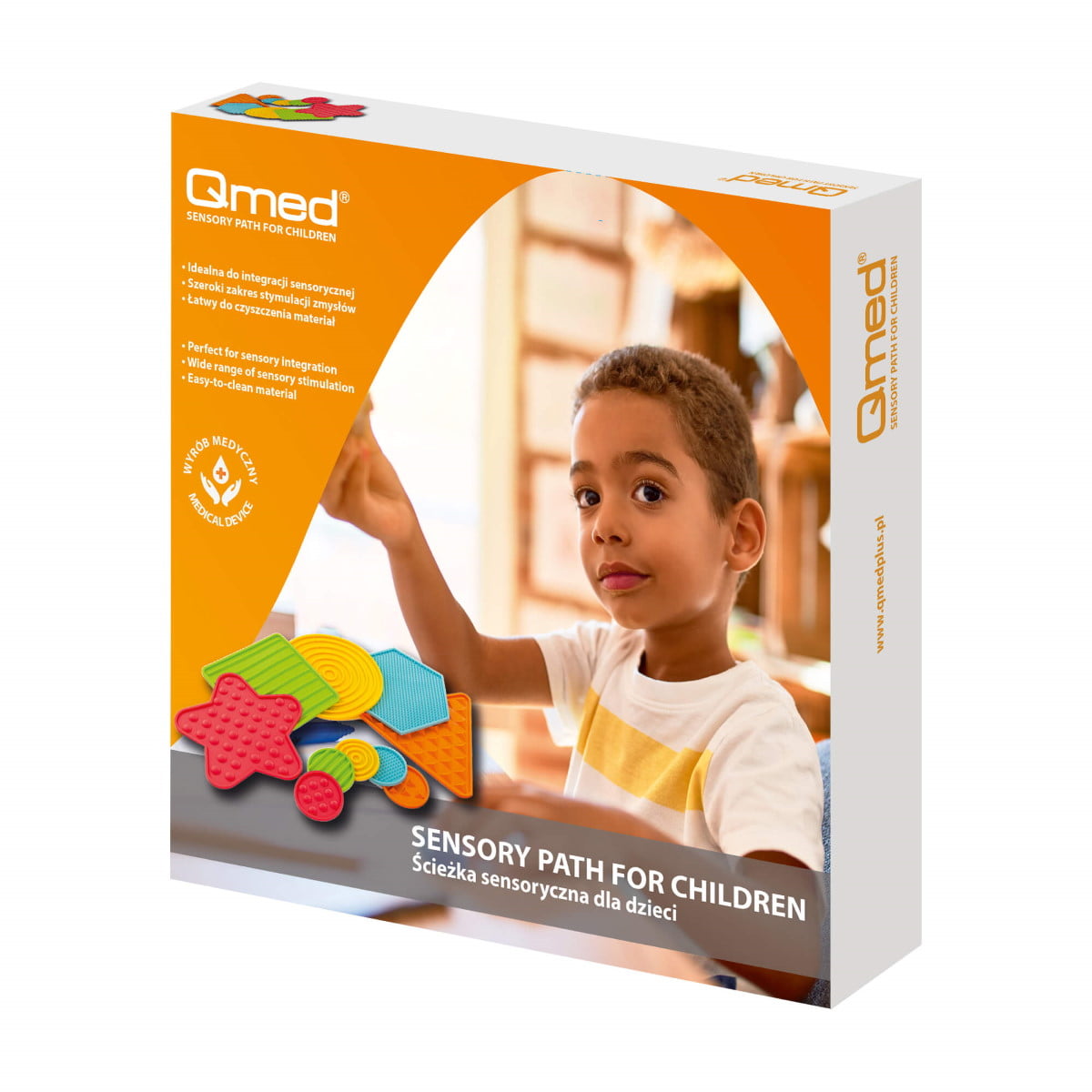

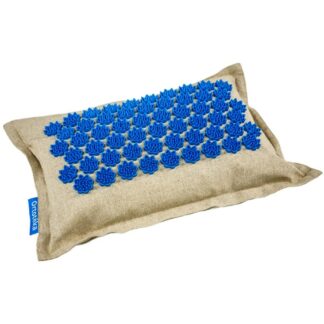
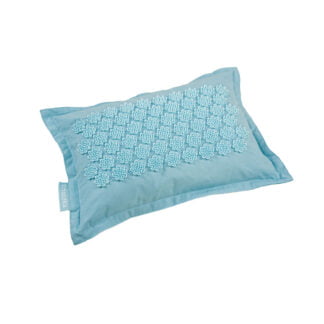
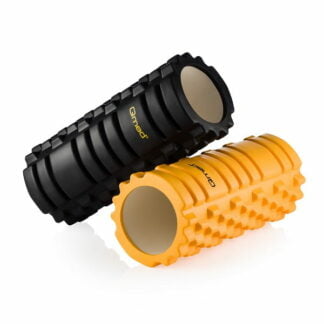
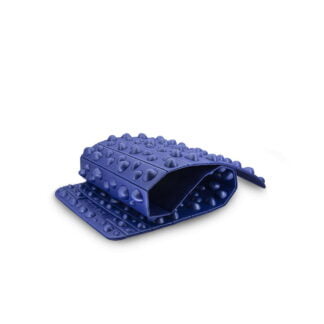
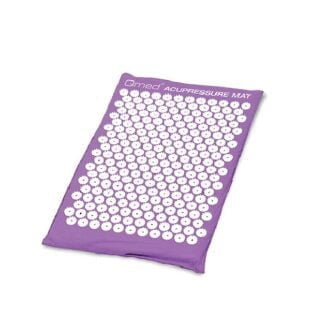
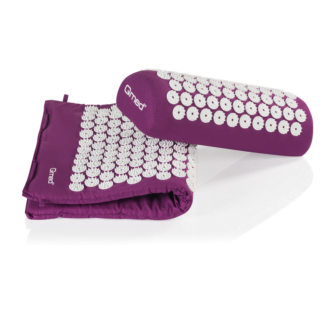
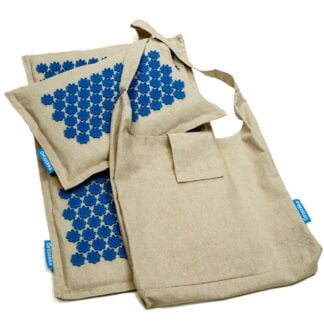

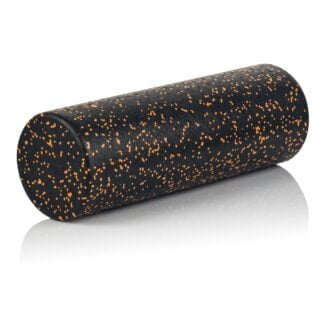
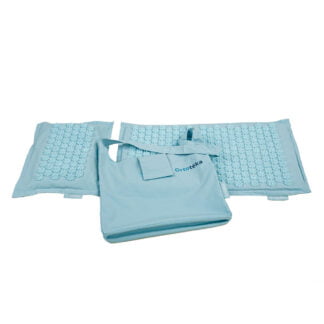
Reviews
There are no reviews yet.